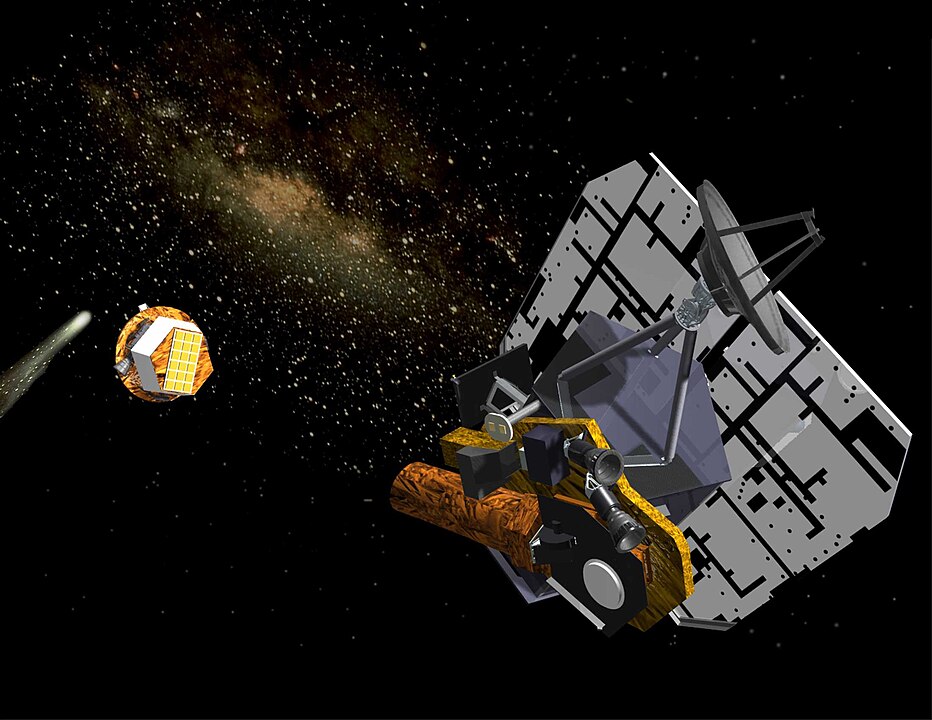The race to explore space has been marked by incredible achievements, but it hasn’t come without its share of failures. Some spacecraft catastrophes have not only cost billions of dollars but also claimed lives, shattered dreams, and set back scientific progress. In this article, we’ll look at 14 of the most costly and impactful spacecraft disasters that remind us how risky—and rewarding—the journey to the stars can be.
Contents
Challenger Disaster (1986)

The Space Shuttle Challenger exploded just 73 seconds into flight, resulting in the tragic loss of seven astronauts, including teacher Christa McAuliffe. This catastrophe was caused by a faulty O-ring in one of the solid rocket boosters. The disaster not only cost lives but also dealt a severe blow to NASA’s shuttle program, grounding it for nearly three years and costing billions in halted projects, investigations, and redesigns.
Apollo 1 Fire (1967)

During a routine pre-launch test, a cabin fire broke out in the Apollo 1 command module, killing astronauts Gus Grissom, Ed White, and Roger B. Chaffee. The fire was caused by an electrical fault in the highly oxygenated environment. The loss led to a complete overhaul of spacecraft design and safety protocols, delaying NASA’s plans for lunar exploration and costing the agency both in terms of finance and trust.
Columbia Disaster (2003)

Space Shuttle Columbia disintegrated upon re-entry, killing all seven astronauts aboard. The disaster was caused by damage to the shuttle’s thermal protection system, which had been hit by foam during launch. The shuttle program was grounded for over two years, and the investigation cost billions. Additionally, the disaster marked the beginning of the end for NASA’s shuttle program, with the shuttles being retired after subsequent missions.
Mars Climate Orbiter (1999)

A simple but fatal conversion error between metric and imperial units caused the Mars Climate Orbiter to enter Mars’ atmosphere at too low an altitude, causing the $327 million spacecraft to disintegrate. The loss not only wasted valuable time and resources but also delayed critical scientific data about Mars’ climate.
Mars Polar Lander (1999)

The Mars Polar Lander mission failed when the spacecraft’s landing engines shut down prematurely, causing it to crash into the Martian surface. The $165 million mission was lost, along with the opportunity to gather important data about the planet’s polar region and potential water resources.
Phobos 2 (1989)

Following the failure of Phobos 1, Phobos 2 was launched, but the spacecraft lost contact just before it could begin its primary mission of exploring Phobos. The failure resulted in the loss of critical data, further derailing Soviet efforts to explore Mars and its moons.
Vanguard TV3 (1957)

The U.S. Navy’s Vanguard TV3 rocket, meant to launch America’s first satellite, exploded on the launch pad, setting back the country’s space race against the Soviet Union. The failed launch was a national embarrassment and highlighted the challenges of early space exploration efforts, both in terms of finances and international competition.
N1 Rocket Explosions (1969–1972)

The Soviet Union’s N1 rockets, meant to carry cosmonauts to the Moon, exploded during four separate launch attempts, costing billions. These failures effectively ended the Soviet bid to win the space race to the Moon, solidifying the U.S. as the leader in lunar exploration.
Beagle 2 (2003)

The British-built Beagle 2 Mars lander failed to deploy properly upon reaching the Martian surface, resulting in the loss of contact and scientific opportunity. The mission had been hailed as a significant achievement for British space exploration, but its failure led to disappointment and a waste of millions in research and development.
Genesis (2004)

NASA’s Genesis mission, designed to capture solar wind particles, ended in disaster when its parachutes failed to deploy during re-entry, causing the spacecraft to crash into the Utah desert. The $260 million mission was intended to provide groundbreaking data on solar wind, but the crash severely compromised the samples, limiting the scientific return.
SpaceX CRS-7 (2015)

A Falcon 9 rocket carrying the CRS-7 mission to resupply the International Space Station exploded in mid-flight due to a faulty strut. This failure cost SpaceX and NASA over $110 million and delayed critical ISS resupply missions. It was a setback for SpaceX’s reputation and financial stability at the time.
Conestoga I (1982)

Conestoga I was a private American rocket intended to launch small commercial payloads into orbit. Its failure to achieve orbit marked the end of early commercial spaceflight ventures, costing investors millions and putting a damper on private space exploration efforts for decades.
Viking 1 (1976)

While the Viking 1 mission initially succeeded in landing on Mars, a critical software update failure prevented the full extent of its mission objectives from being realized. As a result, significant data was lost, curbing further exploration opportunities and scientific discoveries.
Deep Impact (2005)

NASA’s Deep Impact mission successfully studied a comet, but its follow-up mission failed when communication was lost with the spacecraft. This failure meant the loss of valuable scientific data and put an early end to the spacecraft’s extended mission.
This article originally appeared in MyCarMakesNoise.
More from MyCarMakesNoise
10 Fascinating Facts About High-Speed Bullet Trains

High-speed bullet trains have transformed the way we think about travel, offering an efficient, comfortable, and sustainable alternative to traditional transportation methods. These marvels of modern engineering have significantly shortened travel times between major cities, making long-distance commuting more feasible and boosting economic productivity. Read More
15 Money-Saving Car Maintenance Tips You Need to Know

Maintaining your car doesn’t have to be expensive or complicated. With a few simple and regular maintenance practices, you can keep your vehicle running smoothly and avoid costly repairs. Read More
20 Consequences of Not Using Your Car’s Air Conditioning

Not using your car’s air conditioning for extended periods can lead to several issues that affect both the system’s functionality and your vehicle’s overall comfort. Over time, seals and hoses in the AC system can dry out, leading to leaks and reduced cooling efficiency. Read More














